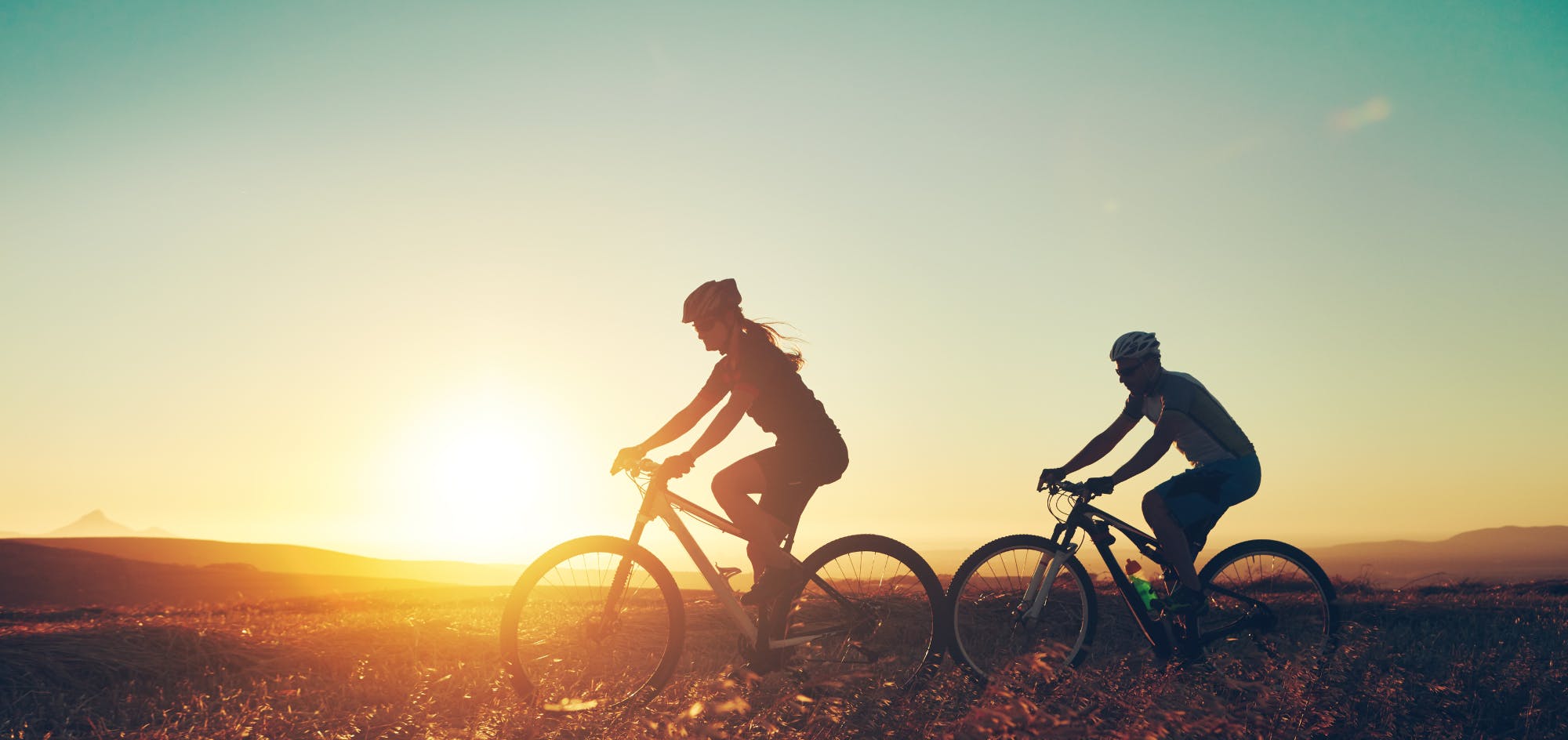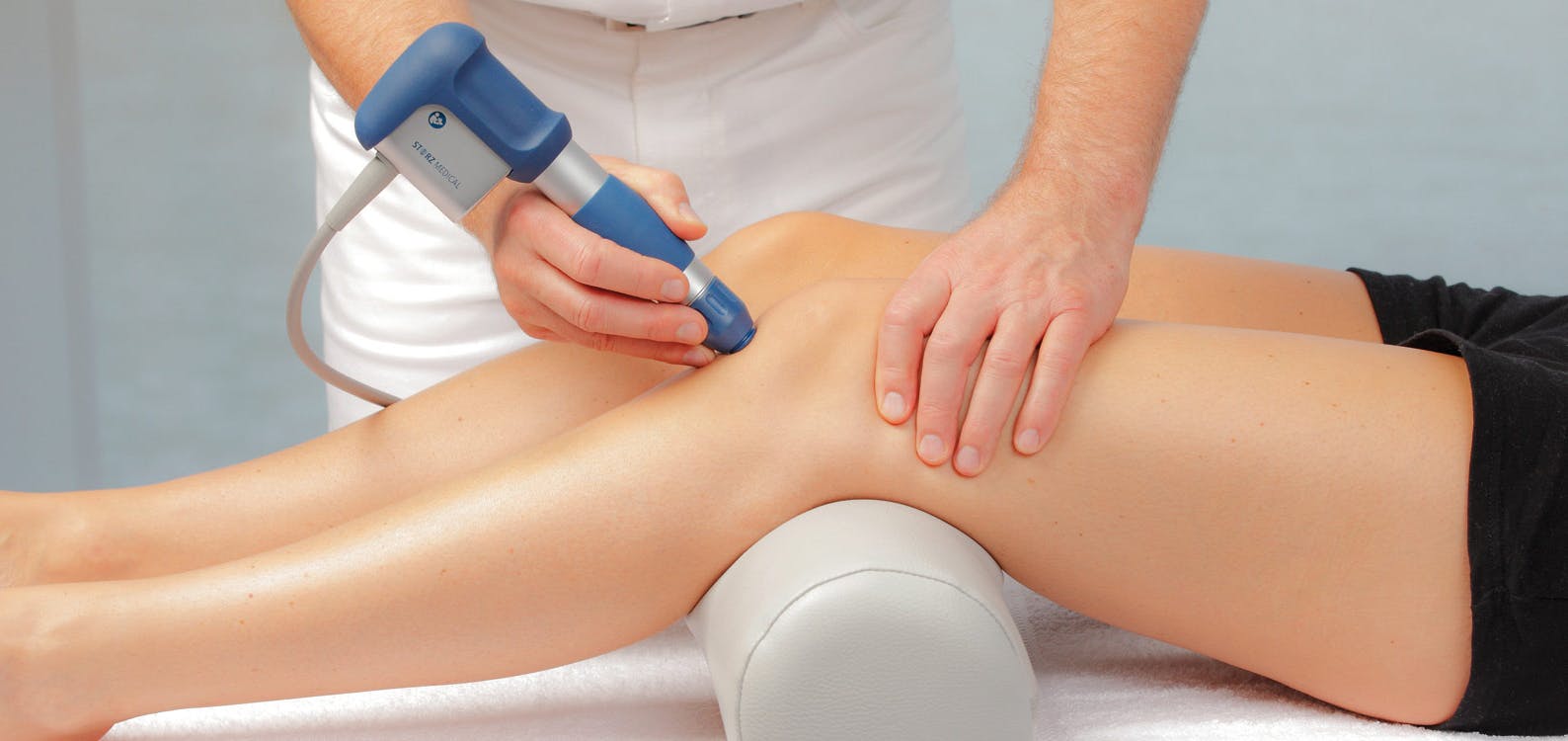Finding Your Spark to Move: Why Staying Mobile Today Matters for Tomorrow
We’ve all heard the advice before: Exercise is good for you! But let’s be honest, sometimes the thought of lacing up trainers or dragging yourself to the gym feels about as appealing as alphabetising your spice rack. The good news? Movement doesn’t have to be boring, punishing, or the same old “10,000 steps a day” mantra.
As an osteopath, I see every day how movement (or the lack of it) shapes people’s health, not just now, but well into later life. Mobility is more than just exercise. It’s about keeping your body oiled, your joints happy, and your future self thankful you didn’t spend the last decade moulded into the shape of your sofa.
Why Mobility Is Your Best Investment
Think of your body like a classic car. If you only take it out for the occasional Sunday drive, the engine seizes, the tyres deflate, and suddenly it’s much harder to get it rolling again. But keep it moving regularly, and everything runs smoother for longer.
- Mobility preserves independence. Staying active now means being able to reach the top shelf or get up from the floor without calling for reinforcements later.
- Movement is medicine. Joints love being used. They’re like sponges — movement squeezes out waste and draws in nutrients.
- Mood booster. Even light activity can flick that internal switch from “meh” to “marvellous” thanks to endorphins.
- Longevity hack. People who move more age better. It’s not about becoming an athlete, it’s about keeping the engine ticking.
Best tips to find your motivation to move
- Rebrand it. Don’t call it “exercise.” Call it “body tinkering” or “movement snacks.”
- Attach it to something silly. Every time you boil the kettle, do a quick stretch. TV adverts? Squat, wiggle, or march on the spot.
- Play detective. Notice where your body feels stiffest each morning and give those areas five minutes of TLC.
- Social bribes work. Meet a friend for a walk somewhere quirky — sculpture trail, farm shop, or a new café.
- Channel your inner kid. Climb a tree, hop on one leg, roll around on the floor with your dog.
- Future-you letters. Write a note to your 80-year-old self, thanking you for protecting their mobility.
Mini Movement Challenge
Try these little challenges this week:
- Stand on one leg while brushing your teeth.
- Put your socks on without sitting down (balance bonus).
- Every fridge visit = 5 heel raises.
- Dance to one song a day (bad dancing encouraged).
Small, playful moments build habits that stick.
Staying Mobile Today for Later Life
The mobility you build (and maintain) now is like a pension fund for your body. Every time you stretch, strengthen, or dance around your kitchen, you’re making a deposit. The payoff? Later-life freedom — the ability to garden, travel, or pick up grandkids without creaking like an old door.
A Real-Life Example
One of my patients (let’s call her Jane) came to see me after noticing she was avoiding long walks because of hip stiffness. We worked together on freeing up her hips with osteopathic treatment, plus some fun daily “movement snacks.” Within weeks, she was back to strolling her favourite park without worrying about the ache — and she told me she now feels confident she’ll be hiking well into her retirement years.
That’s the power of investing in your mobility now.
FAQs
1. How can osteopathy help me stay mobile?
Osteopathy looks at how your muscles, joints, and posture work together. By improving movement in stiff areas, reducing aches, and balancing the body, you’ll find it easier (and more enjoyable) to stay active.
2. What if I’m already stiff and achy? Is it too late?
Absolutely not. Osteopathy and sports therapy can gently improve range of motion, reduce pain, and get you moving again safely. Small wins build up fast!
3. I’m not sporty. Do I still need to think about mobility?
Yes! Mobility isn’t about sport; it’s about everyday life. Picking up your grandkids, gardening, even sitting comfortably — these all rely on healthy movement.
4. Can osteopathy help with injury prevention?
Definitely. By keeping your joints aligned, muscles balanced, and movement patterns smooth, osteopathy helps reduce the risk of niggles turning into injuries.
5. How often should I see an osteopath to support my mobility?
It varies — some people benefit from a “tune-up” like a service for your car. Others may need more regular sessions if they’re managing ongoing pain or recovering from injury.
✨ Takeaway: Mobility isn’t about gyms or step counts. It’s about sprinkling movement into your day, so your body stays happy, healthy, and future-ready. And if you need a helping hand along the way? Osteopathy and sports therapy can keep you moving with confidence.
➡ Ready to invest in your future mobility? Book a mobility check-up at The Oast today.




